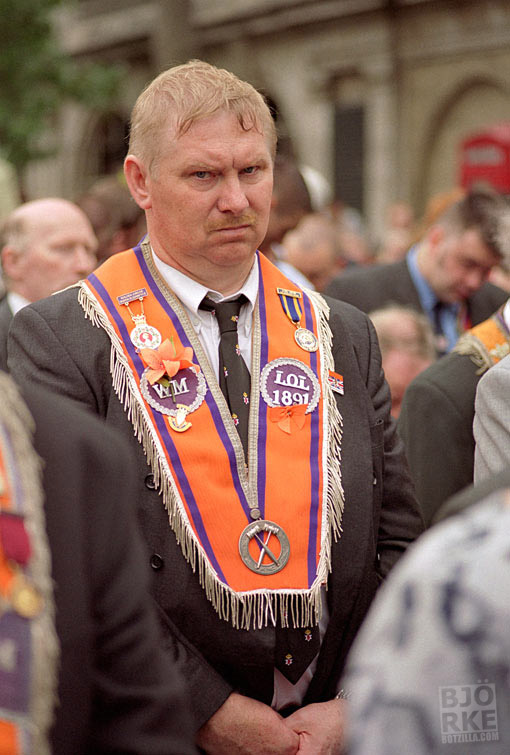c6h6o3 said:
...Edward Weston's pictures of urinals, bedpans, dead pelicans and beach detritus are just as compelling, and maybe more importantly, just as beautiful as his pictures of his lovers' nude bodies or the cypress trees and succulents of Point Lobos....
...A blink, a flickering scowl, a child's unexpected fidget-all these can ruin the most carefully composed portrait...
(Written at 31,000 feet, somewhere over Oregon)
A fascinating and somewhat surprising response, confirming my suspicions about a conflict between intent and effect but from a point much further down the form end of the content vs form axis than I had expected (by that I mean using the body as parts of an image element first and foremost, as opposed to using image elements as a means to bolster representation. No photograph or image is ever 100% at either endpoint of this axis!). Maybe I should have suspected as much given your classicist LF leanings and distaste for Garry Winogrand
yet portraitists like Sturges and Nixon also work with big negs. Your examples of Westons people are rather impersonal so its not surprising that they would lose in a character contest against, say, a rock or a bit of gnarled-up kelp.
(Aside to Michael: in this case the choices for definition of portrait, while fuzzy, have been reduced, as previously written: a portrait made by choice of the photographer, rather than a third party (including the subject). So while I get your point about self-anxiety, at the same time a certain amount of artistic hand-wringing is perhaps justified. As Robt Frank wrote in his Guggenheim application, it can seem embarrassing to want to accomplish so much but how else to justify all the work and frustration?)
The other night Courtney & I went to see Sebastiao Salgado at UC Berkeley and during the conversation Salgado said that even in extremely remote cultures, cultures without the media saturation to which we are all accustomed, people have an innate notion of how to behave for the camera. My own read on that is that almost everyone treats the camera (or person holding the camera) socially as opposed to privately. As Darwin (then later Klineberg, and most recently Ekman) has shown, expressions of emotion are largely innate and inherited, without regard to culture or social situation the later researchers elaborated on how emotional inner states are moderated by cultural norms
when in a social context. That is, everyone has the same response to, say, something unpleasant, but that every culture also has different ideas about how to handle that expression when other people are around. Once learned, these social masks are hard to remove.
I think that what is often described as "penetrating" or "insightful" portraiture is what we get when the photographer manages to catch a moment when the displayed inner state, whatever it may be, most-closely corresponds to the outer state that the subjects body (including the face) is most like what it would be alone, or with a trusted private confidante. For someone within our same culture, the telltale signs of the social mask are as evident as are the genuine underlying emotions. For photographs of people outside our culture, the masks may still be there but we might not be able to read them their variation may give us (the impression of) a more revealing glance.
I suspect this may also be why children tend to photograph so well their learned, adult expressions have yet to dominate their raw emotional connectedness. They are always "candid" that is, unguarded. In the state so often asked for by formal portraitists of their older sitters: "just be natural." (The portraitists I thought of when this started were Avedon & HCB in fact
Tete a Tete and
Portraits contain several portraits of the same people. Both sets of portraits show the shooters' wise knack for getting
both kinds of shot, depending on the sitter....)
This presents something of a paradox for the photographer to develop a sense of intimacy so that the subject can be directed (if thats what you want) without their guard and socially-presented persona getting in the way of that direction. Never easy.












